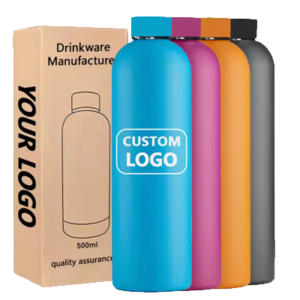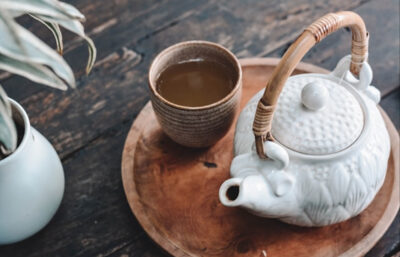Can carbonated drinks corrode stainless steel bottles?
It’s become common to enjoy a variety of drinks—each suited to different occasions. These drinks range from carbonated beverages and milk to tea, coffee, and more. Along with their unique flavors, textures, and specific needs, the choice of bottle material plays a significant role in preserving the quality and taste of these drinks. This article will help guide you through selecting the right bottle for beverages like carbonated drinks and milk, highlighting the key factors to consider when purchasing. Choosing the right bottle not only enhances your drinking experience but also ensures the quality and hygiene of your beverages, contributing to a healthier and more enjoyable lifestyle.
Table of Contents
ToggleI. What Bottle Materials Are Best for Carbonated Drinks?
Carbonated beverages are a popular choice, with countless brands offering different flavors and textures. However, choosing the right bottle to hold carbonated drinks is important to preserve their quality.

To understand the best materials, we first need to consider the nature of carbonated beverages. These drinks are made by dissolving carbon dioxide in water sweetened with sugar, creating a refreshing taste with bubbles. The choice of bottle material can significantly impact the taste, hygiene, and quality of the beverage, as well as how well it maintains the carbonation.
The solubility of carbon dioxide is affected by temperature and pressure. Low temperatures and high pressures help keep the gas dissolved, which enhances the effervescence and flavor. If the drink comes into contact with an unsuitable bottle material, the carbon dioxide can escape, leading to a loss of bubbles and flavor.
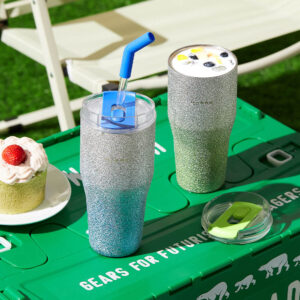
Here are the characteristics of different materials when storing carbonated drinks:
- Glass: Glass bottles are ideal for carbonated beverages since they don’t interact chemically with the drink and help maintain the bubbles. Glass is also transparent, so you can visually enjoy the drink’s color and carbonation. It’s a reliable and safe choice for preserving the taste and quality of your drink.
- Stainless Steel: Stainless steel is durable, resistant to corrosion, and easy to clean. However, it can react with acidic components in drinks like carbonated beverages, potentially releasing harmful metals over time. If you opt for a stainless steel bottle, be sure to clean it regularly and avoid long-term storage of carbonated drinks. For better results, choose 316 stainless steel, which offers improved corrosion resistance and high-temperature stability.
- Plastic: Plastic bottles are lightweight and portable, making them convenient for carrying carbonated drinks on the go. However, plastic may gradually release harmful chemicals that can affect the quality of the beverage, especially with prolonged storage. Plastic is not recommended for long-term storage of carbonated drinks.
- Ceramic: Ceramic-coated bottles combine the benefits of stainless steel with the added advantage of being non-reactive, making them a healthy and practical choice for carbonated drinks.
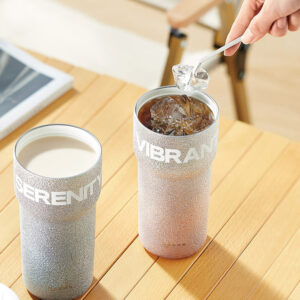
Glass, ceramic, and high-quality stainless steel water bottles are the best choices for storing carbonated beverages. For optimal freshness and taste, it’s important to choose a bottle that suits the specific needs of the drink and maintain proper hygiene.
II. What Bottle Materials Are Best for Milk?
Milk is another essential beverage that plays a significant role in our daily diet. It’s rich in protein, minerals, and vitamins, making it highly nutritious. However, selecting the right bottle for milk is just as important as choosing one for carbonated drinks.
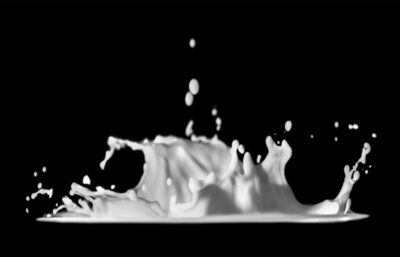
Here’s what to consider when choosing a bottle for milk:
- Insulation: The ideal temperature for milk is around 5-10°C, so it’s best to choose a bottle that provides good thermal insulation to maintain the milk at the right temperature.
- Chemical Reactions: Milk contains proteins and sugars, which can promote bacterial growth and cause acidic reactions. Some materials, like plastic and aluminum, may react with milk, affecting its taste and quality. Glass and ceramic bottles are much less likely to interact with milk and help preserve its fresh taste.
- Appearance and Grip: The texture and design of the bottle can impact your overall experience while drinking milk. Glass and ceramic bottles offer a premium feel, showcasing the rich texture and color of milk, while plastic and aluminum bottles are being phased out due to their negative effects on taste.
Here are the characteristics of different materials when storing milk:
- Glass: Glass bottles are transparent, easy to clean, and won’t affect the taste of milk. They can also handle high temperatures, making them a reliable choice for keeping milk at the right temperature.
- Ceramic: Ceramic bottles have excellent insulation properties and help maintain the temperature and taste of milk. They are durable and easy to clean, making them a great option for enjoying milk at its best.
- Stainless Steel: Stainless steel bottles are durable and resistant to corrosion, but long-term storage of milk in these bottles can lead to bacterial growth, affecting the quality and safety of the drink. Stainless steel can also react with the acids in milk, causing chemical reactions that may release harmful substances.
So, ceramic and glass bottles are the best choices for storing milk due to their non-reactive nature and excellent insulation properties. Stainless steel bottles can be used but require proper cleaning and maintenance to ensure milk remains fresh and safe.
III. Other Beverages
Different materials work better for different types of beverages, depending on the drink’s characteristics.
- Hot Drinks (Tea, Coffee): Ceramic and glass bottles are best for hot beverages. Ceramic bottles help maintain the temperature while masking any undesirable flavors. Glass bottles allow you to appreciate the drink’s color and texture while keeping the temperature stable.

- Cold Drinks (Juices, Iced Tea): Glass and plastic bottles are suitable for cold beverages. Glass bottles preserve the drink’s color and flavor, while plastic bottles are lightweight and easy to carry. However, plastic bottles can degrade over time due to UV radiation and produce unpleasant odors.
- Alcoholic Beverages (Wine, Beer): For wine, it’s best to use a decanter or wine glass, as these allow the wine to breathe and release its full aroma and flavor.
Selecting the right bottle material for each type of beverage can enhance its quality, taste, and overall enjoyment. Whether for hot or cold drinks, milk, or carbonated beverages, choosing the appropriate bottle ensures a safer, more enjoyable experience.

